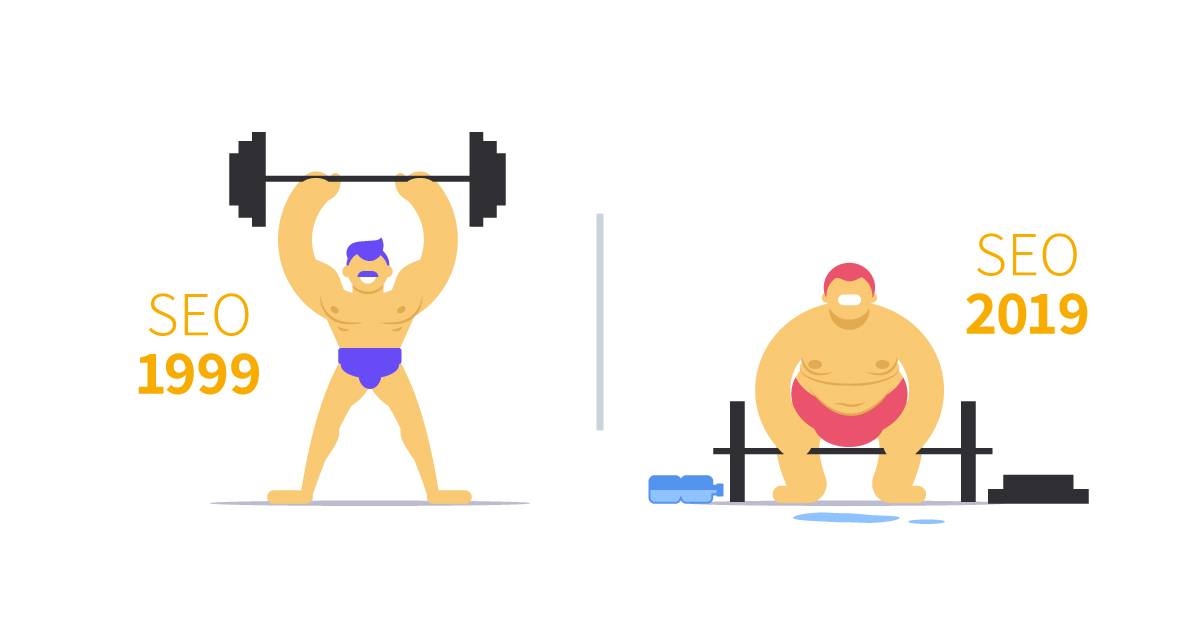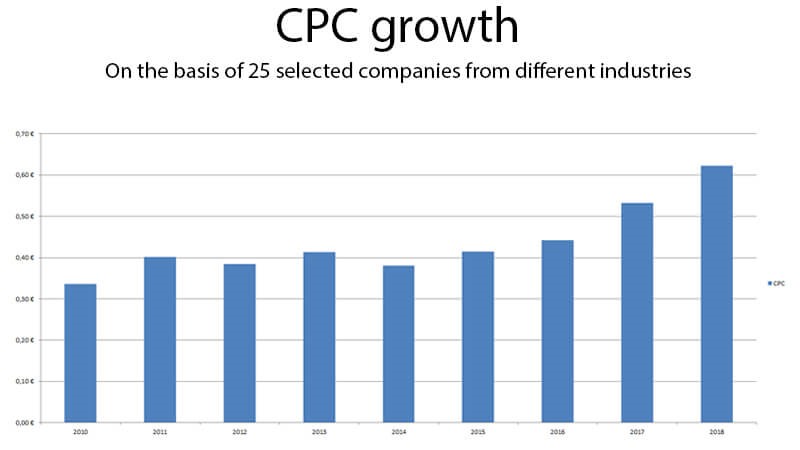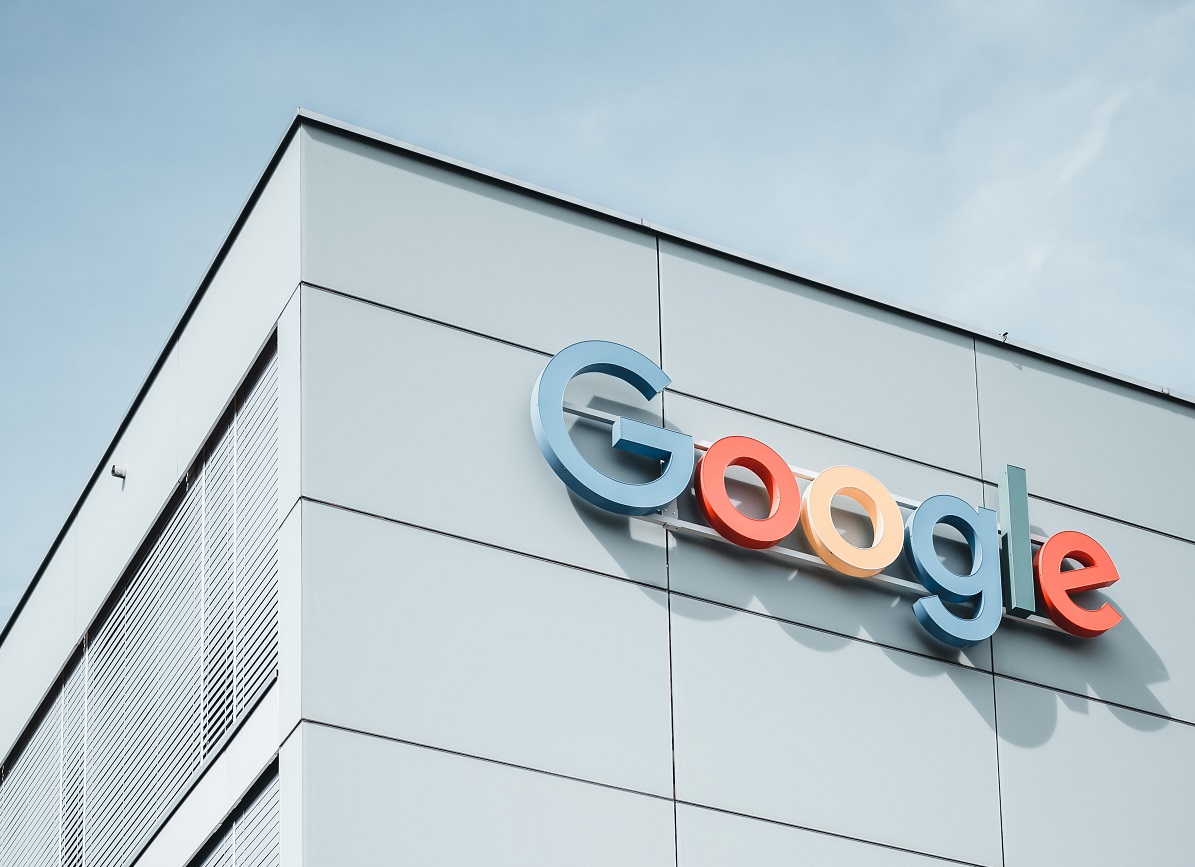What changed in Digital Marketing in 2019?

Digital marketing changes constantly, and unfortunately, not always for the best. The causes for these changes are all well-known: adoption of new technologies, the competition between the technology giants, the abundance of websites and applications, which, in turn, increase the competition and more.
As for January 2019, there were almost 2 billion websites and more than 4 billion internet users worldwide. It means that there are too many websites to compete on the users’ attention. It also means that every effective marketing channel becomes too crowded at some point. And too expensive.

CPC growth on Google Ads from 2010 to 2018
Source: searchengineland.com
What happened to Digital Marketing in Recent Years?
1. SEO is not what it used to be
SEO saw the most significant and frustrating change. In the past, you could move a website from the obscurity of the third SERP to the top of the first page in a few simple procedures, such as building links and increasing keywords density. But now, there’s bigger competition on every keyword, and Google’s ranking algorithm is more complicated.
Nowadays, Google doesn’t only consider elements such as backlinks and content’s relevancy to determine a website’s ranking for a given keyword. The rankings are also influenced by users’ behavior, including dwell time, click-through rate and bounce rate, and other measures such as the amount of brand name searches, the content’s relevancy to users’ intent and more.
And if it’s not enough, high ranking no longer guarantee a stream of organic traffic. The multitude of ads and rich results pushed the top organic results to the bottom of the page (especially in mobile devices), and Google’s detailed answers to many queries (also known as zero clicks) keeps the users in the search results.
Things can get worse with the increase of voice search, a trend that expected to grow and take over about half of the searches according to one estimation. In voice search, there isn’t necessarily a link between the positions and the result. Also, the voice searchers will usually be satisfied with the proposed answer and will not even bother to visit the website. So, we can expect even less traffic and conversions.
SEO in 2020 requires a change in perception: instead of trying to understand and satisfy Google’s unpredictable ranking algorithm, you should focus your efforts on learning the users’ needs. Who are your potential customers? What are they looking for when they search on Google? And which problems are they trying to solve using Google’s search engine.
In addition, you should prepare for the voice search revolution and adjust the SEO strategy, mainly by optimizing for conversational, long-tail keywords.
2. More algorithm updates on Google
In 2019 alone there were at least three core updates that shaken the search results. It may not sound like a lot, but during the last decade Google has released fewer algorithm updates. And those updates were more understood and even reasonable. Although no one liked Google Panda and Penguin in real time, in retrospect it made sense to penalize SEOs who used illicit methods such as duplicating content or buying suspicious links in bulks.
However, the latest algorithm changes are harder to understand and beat. Google continues to claim that they only want to provide users the best and most relevant organic results. And although white-hat SEOs who follow Google’s guidelines won’t necessarily reach the first SERP (or stay there for long), at the end of the day, a good product, service and user’s experience would guarantee organic traffic, despite Google’s constant algorithm changes.
3. SEO alone is not enough
Today, you cannot count on only one marketing channel for traffic, conversions or sales. Popular and successful marketing channels become overcrowded quickly, and the competition becomes harder. Therefore, the only way to gain a long-term success is by using all possible marketing channels: from SEO to PPC, social media marketing (organic and paid), content marketing, email marketing and more…
Multichannel marketing would also set you free from the dependence in Google’s algorithm changes. That way, even if you drop in rankings other channels will continue to send traffic to your website.
Still, you cannot give up SEO altogether or rely exclusively on paid marketing channels. SEO still offers the highest return on investment, and unlike other marketing channels, SEO has a long-term effect.
4. Content cutting is king
As stated before, there are way too many websites online. And although many websites are not updated often or even not at all, other websites (billions of them, to be exact), are blogs that generate huge amounts of content regularly. And usually, their content strategy will be identical to those of million other websites.
It may be true that Google still likes content, but as the supply of content grows, the search engine becomes peakier. And eventually, there’s only one place at the top. The result is that even long, quality and SEO friendly content will not guarantee higher ranking, simply because someone else has already done it before.
Content marketing can still be effective. But in 2020 it requires more resources and efforts. Instead of writing and uploading many content items, it will be more efficient to update and improve older content, combine short content items to longer, comprehensive guides, and even delete outdated and irrelevant content. Another option is to focus on non-textual types of content such as video and audio (podcasts).
5. Focus on CRO
As stated in the previous paragraph, there are too many websites, and a website can get so much traffic. So, to increase the revenue you should focus on increasing the sales from the website’s visitors instead of increasing the traffic. That’s where Conversion Rate Optimization (CRO) comes in.
For starters, you should have more A/B tests to learn which marketing method performs better, or implement a tracking tool such as Crazy Egg to understand how visitors interact with the website and what goes wrong in the conversion funnel. Eventually, satisfied customers dwell longer at the websites, return frequently, Google the brand’s name, do other things that Google likes, and in the long term will improve SEO.
To summarize, marketing channels that performed well in previous years may not work so well in 2020. So if you want to pass the tons of competitors, you should adjust your strategy and focus, among other things, on improving users’ experience, multichannel marketing and conversion rate optimization.



